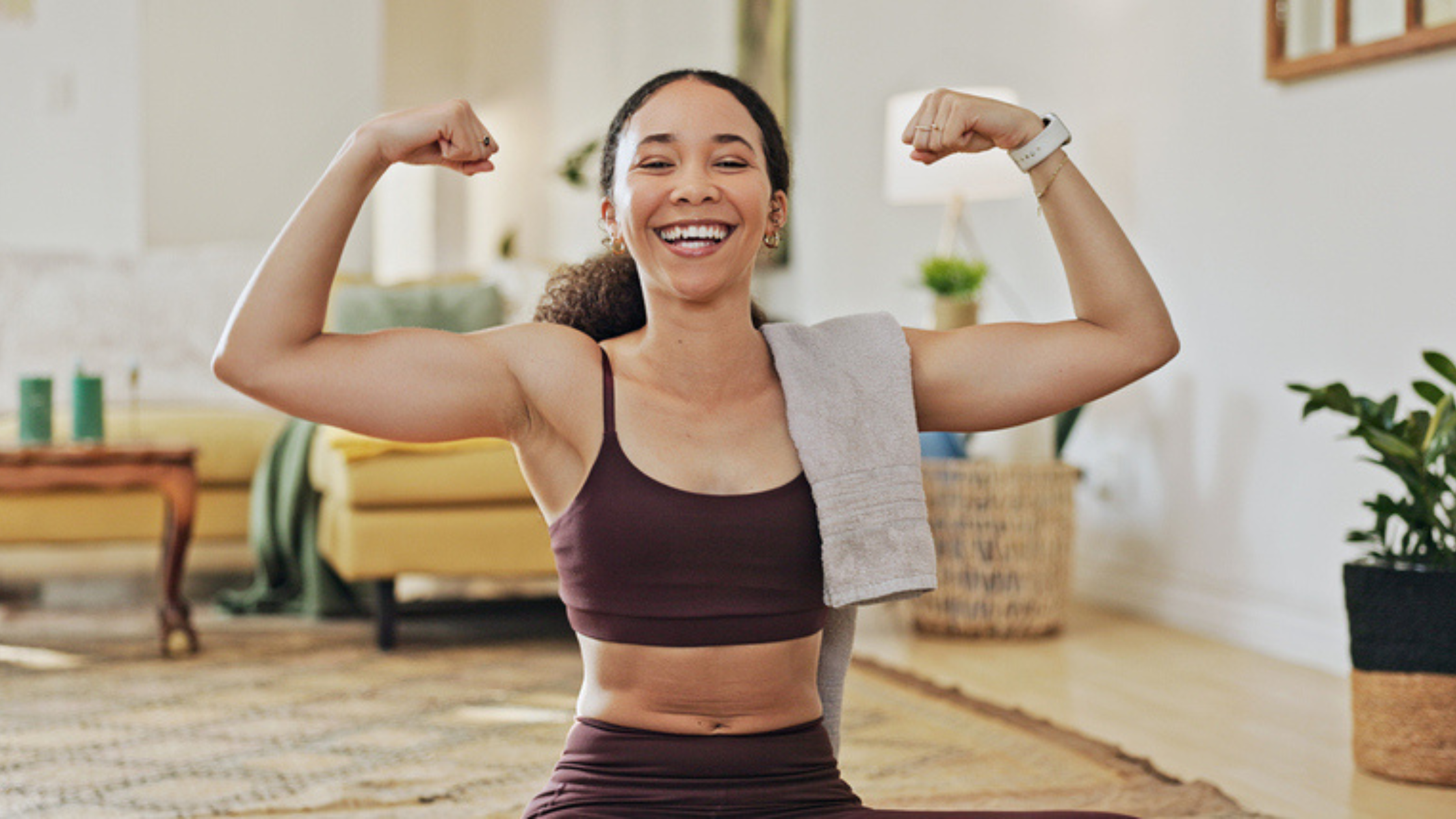|
Key Takeaways:
|
__________________
Maintaining healthy knees is crucial as you age, especially when it comes to preserving your overall mobility and independence. Knee pain can often be prevented or minimised with simple, consistent practices that also contribute to maintaining muscle strength. By taking care of your knees now, you’ll be better equipped to stay active and enjoy life well into your later years.
1. Keep Moving, Even If You Have Structural Concerns
It’s easy to think that knee pain should stop you from exercising, but that couldn’t be further from the truth. Gentle exercise is one of the best ways to maintain the strength and flexibility of your knees (R).
Whether you’re dealing with arthritis, an old injury, or other structural issues, staying active helps keep the muscles around your knees strong, reducing the stress on the joint itself. This is particularly important as we age, when muscle retention plays a key role in maintaining joint health and overall mobility (R).
2. Stretch Regularly for Flexible, Pain-Free Knees
Stretching isn’t just for athletes. Incorporating regular stretching into your routine can significantly benefit your knees by improving flexibility and reducing stiffness (R).
Stretching helps maintain the elasticity of the muscles and tendons around your knee joint, making movement smoother and less painful. Whether you’re active or more sedentary, stretching should be a non-negotiable part of your daily routine to support long-term knee health and muscle retention (R).
This video demonstrates commonly recommended movements for knee pain or stiffness.
3. Manage Your Weight to Reduce Knee Strain
Carrying extra weight places additional stress on your knees, which can lead to pain and other joint issues over time. Losing even a small amount of weight can make a big difference in reducing knee pain and improving your joint health (R).
Weight management is not just about aesthetics; it's a crucial aspect of preserving the function and longevity of your knees, particularly as you age and muscle mass naturally declines. By maintaining a healthy weight, you’re also supporting your muscle retention efforts, which are key to staying active and pain-free (R).
4. Choose the Right Footwear for Knee Health
Wearing the right shoes is more important than you might think when it comes to protecting your knees. Proper footwear provides the necessary support and cushioning to reduce the impact on your knees, whether you're walking, running, or just going about your daily activities (R).
Shoes with good arch support and shock absorption can help align your body correctly, taking pressure off your knees. This, in turn, supports the muscles around your knees, helping you maintain the strength and stability needed to avoid knee pain as you age (R).
5. Practice Good Posture to Support Knee Function
Standing up straight isn’t just about looking confident; it’s also a vital part of keeping your knees healthy. Poor posture can lead to misalignment of the knees, which increases the risk of pain and injury.
By practising good posture, you’re helping to distribute your body weight more evenly across your joints, reducing unnecessary strain on your knees. This simple adjustment can also improve your muscle tone and strength, both of which are essential for maintaining knee health and overall mobility as you age (R).
Conclusion
Taking care of your knees is not just about avoiding pain; it’s about ensuring that you can continue to live an active and independent life as you age. By incorporating these practices into your daily routine, you’re also supporting the muscle retention that is so vital for healthy ageing.
Remember, it’s never too late to start. The steps you take today will help you enjoy better mobility and a higher quality of life in the years to come. For more tips on maintaining muscle strength and overall health as you age, check out our article: 5 Tips For Building Muscle After 40 and Mistakes to Avoid).





